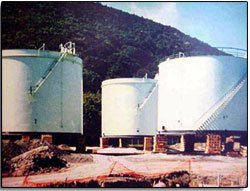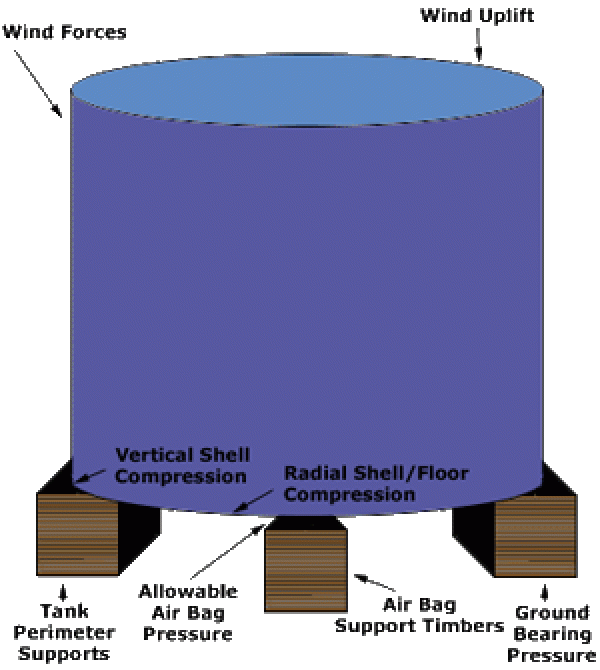Advantages in using the patented “Watson Air Lift®” Technology

Tank lifting technology is now widely accepted and it meets all the industry codes, standards and recommended practices.
All work is completed only after thorough professional engineering evaluations are performed and are accomplished with very conservative safety factors built in.

Calculations are in accordance with:
|